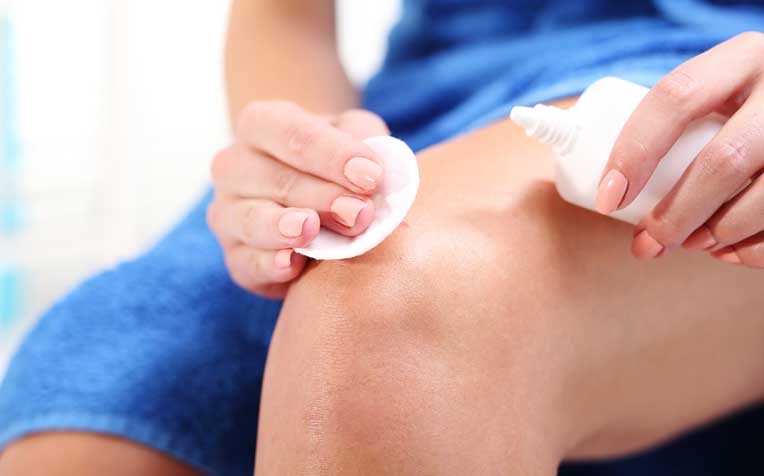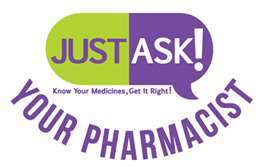
Clean wounds with sterile water or isotonic saline.
How well a skin wound heals depends on how well you care for it.
A wound is a break in the skin surface, resulting in a potential for bacterial contamination. Proper wound cleansing can help to improve wound healing while removing debris and crusty discharge, preventing dressing residues from slowing down the healing of the wound.
Types of skin wounds
"Before wound cleansing can begin, an assessment is necessary to help determine the severity of the wound. Skin wounds fall into two categories: acute or chronic," says Ms Karen Lim Yu Shi, Pharmacist, Department of Pharmacy, Singapore General Hospital (SGH), a member of SingHealth group.
- Acute wound
This can occur due to accidents caused by blunt force, heat, chemicals or friction. Acute wounds generally heal well and need minimal care.
- Chronic wound
This type of wound fails to heal nor does it respond to treatment over the normal expected healing time (four weeks), and is usually inflamed. This may be attributed to internal and external factors such as medications, health background, or poor nutrition. Such wounds need special care from healthcare professionals.
Good Hygiene is Important
Regardless of the type of wound, it is important to keep good hygiene at all times:
- Having clean hands before touching the wound is essential to help avoid infection, and prevent contamination of existing wounds.
- Wash hands thoroughly with soap and water, then dry well.
- Use disposable gloves if they are available.
How to Treat a Skin Wound
The difference between a quick recovery and prolonged healing with pain or even scarring, could simply be a result of how you treat the wound.
To clean a wound
- Cleaning should be done in a way to minimise further trauma to the wound. Irrigation is the preferred method for cleaning open wounds. This may be done using a needle-less syringe to produce a gentle pressure to help loosen any debris.
- Gauze swabs and cotton wool can be used for cleaning, but should not be left in prolonged contact with a healing wound. This is because they can shed fibres and adhere to the healing wound surface, causing further damage to the wound upon removal.
USE
Sterile water or isotonic saline
These are the best products to rinse wounds.
DO NOT USE
Such products, like povidone iodine, are not routinely recommended for cleansing, and should be used sparingly when dressing infected wounds.- Antiseptic solutions
This should be avoided completely as they can burn the newly healing wound tissues, making full healing hard to achieve.- Alcohol or acetone
Dress and manage the wound
- Large wounds benefit from the application of topical antibiotics such as tetracycline ointment – apply thinly to the wound’s surrounding. This would not necessarily increase the rate of wound healing, but may prevent an infection from occurring.
- Cover the cleaned wound with a dressing. This is to protect the delicate area from injury and contamination. If required, secure with a bandage. There is no “one-size-fits-all” dressing that is suitable for all types of wounds. Do speak to your pharmacist for advice on the most suitable product to use.
- If the injury is a minor scrape or scratch, you can leave it uncovered. When choosing a dressing, it has to be able to keep the wound environment moist and control the excess discharge without sticking to the wound.
- Minor cuts and scrapes usually stop bleeding on their own. If the wound is still bleeding, the flow can be stop by applying gentle pressure with a sterile bandage or clean cloth, and elevating the wounded limb above the level of the heart.
- Dressings should be changed daily, or whenever the bandage is dirty or wet. Do not change it too often, as this can disturb the healing wound bed. If you are allergic to adhesives from tapes/plasters, switch to adhesive-free dressing or use sterile gauze, which is held in place with paper tape or a loosely applied elastic bandage.
As the wound heals
Watch for signs of infection in the area surrounding the wound such as:
- Increasing redness
- Pain
- Warmth
- Swelling
- Smelly discharge with pus
If you notice any of these signs and symptoms, seek medical advice from your doctor or pharmacist right away.

Ref: O17
Contributed by















 Get it on Google Play
Get it on Google Play